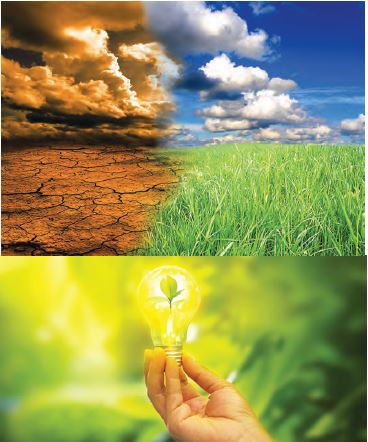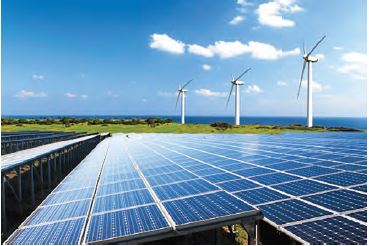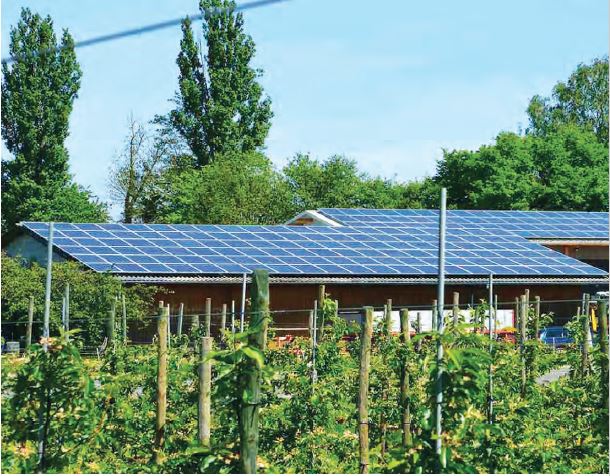 |
|
 |
STORY
DETAILS |
 |
|
| |
| |
 |
| Cover Story
|
 |
 |
| Textiles’ – the word brings up images of beautiful drapes – cotton, silk, chiffon, lace. Whether it is the material draped on the figurine of the lady f... |
|
 |
| |
read more... |
 |
|
 |
Lead Article
Textiles the word brings up images of beautiful drapes cotton, silk, chiffon, lace. Whether it is the material draped on the figurine of the lady from Mohenjadaro, the stylish drapes of Cleopatra, the ball dance gowns of the Victorian Era or the lovely dresses worn by our own queens and princesse...
read more... |
|
 |
| Articles |
 |
 |

|
|
Tapping Sustainable Energy Alternatives
|
|
|
The second lead article, which is also focus article, is written by Shri N Bhadran Nair. Citing a report of the World Health Organisation, the author has advocated for tapping sustainable energy alternatives
|

|

|

|

|
|
Financing Renewables in India
|
|
|
The third article is written by Shri P C Maithani, Adviser, Ministry of New and Renewable Energy. He has focussed on renewable energy resources
|

|

|

|
|
Steps to Achieve India’s Solar Potential
|
|
|
The special article is written by Sumant Sinha, Chairman and Managing Director of ReNew Power. He opines that India must also honour its global commitments on curbing greenhouse gas emissions
|

|

|
|
|
|
|
|
|
|
Vigil over Water Quality
S P Gautam
R M Bhardwaj |
|
 Water quality
monitoring is an
important exercise
which helps in
evaluating the nature
and extent of pollution control
required, and effectiveness of
pollution control measures already
in existence. It also helps in drawing
the water quality trends and
prioritising pollution control efforts.
The pollution control boards in
India are responsible for restoration
and maintenance of wholesomeness
of aquatic resources. Water quality
monitoring is an
important exercise
which helps in
evaluating the nature
and extent of pollution control
required, and effectiveness of
pollution control measures already
in existence. It also helps in drawing
the water quality trends and
prioritising pollution control efforts.
The pollution control boards in
India are responsible for restoration
and maintenance of wholesomeness
of aquatic resources.
Water quality monitoring is
performed with following main
objectives in mind :
1. For rational planning of
pollution control strategies
and their prioritisation;
2. To assess nature and extent
of pollution control needed in
different water bodies or their
part;
3. To evaluate effectiveness of
pollution control measures
already in existence;
4. To evaluate water quality trend
over a period of time;
5. To assess assimilative capacity
of a water body thereby reducing
cost on pollution control;
6. To understand the environmental
fate of different pollutants.
7. To assess the fitness of water
for different uses.
|
|
|
|
|
|
|
|
|
|
|
 |

|
Regional Languages
|
 |
|
|
 |
|
Regular
Column |
|
J&K Window : |

|
|
Do you know? : What is Forensic Auditing |
Forensic auditing refers to the auditing with the main aim to employ accounting techniques and methods to gather evidence to investigate the crimes on financial front such as theft, fraud etc.

|
|
|
 |
|
 |
 |